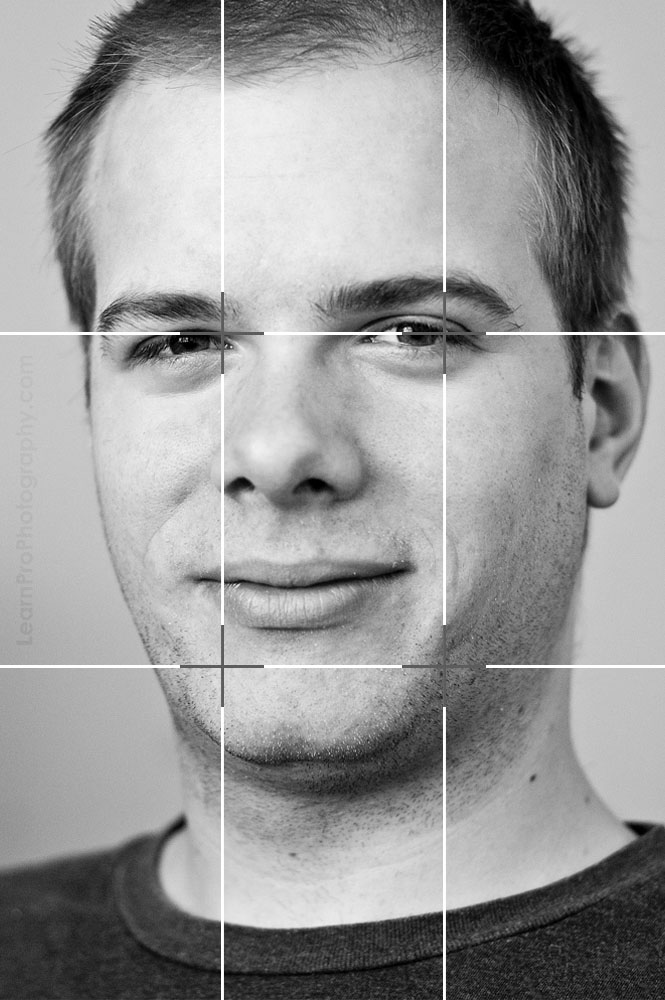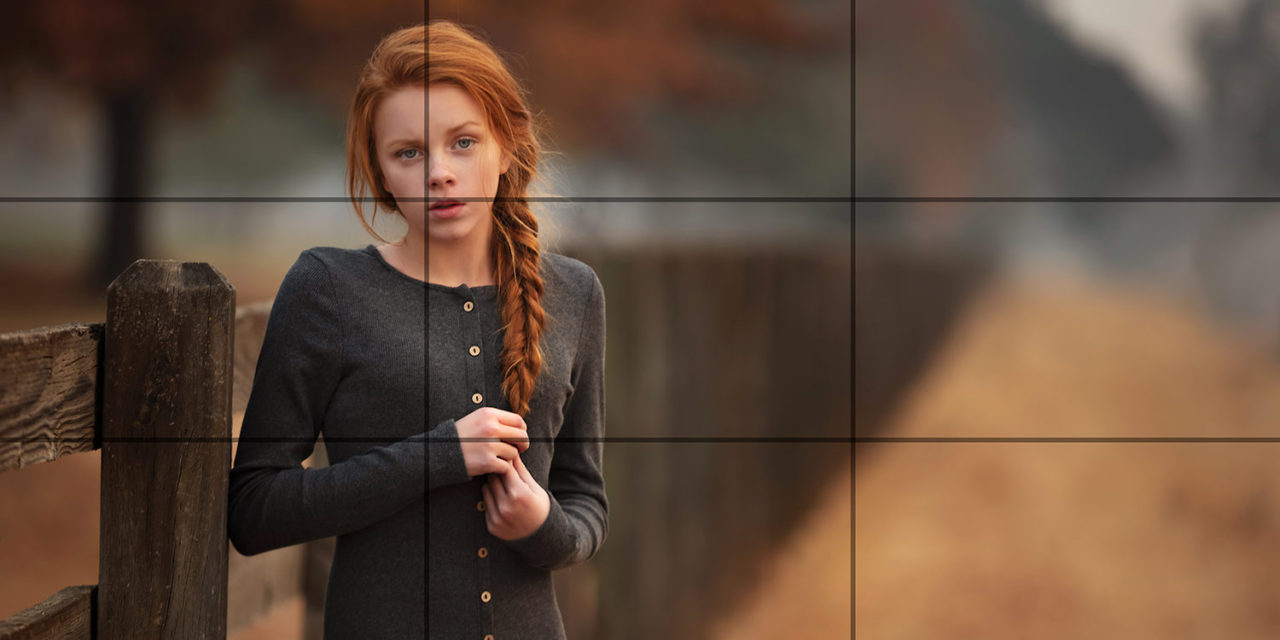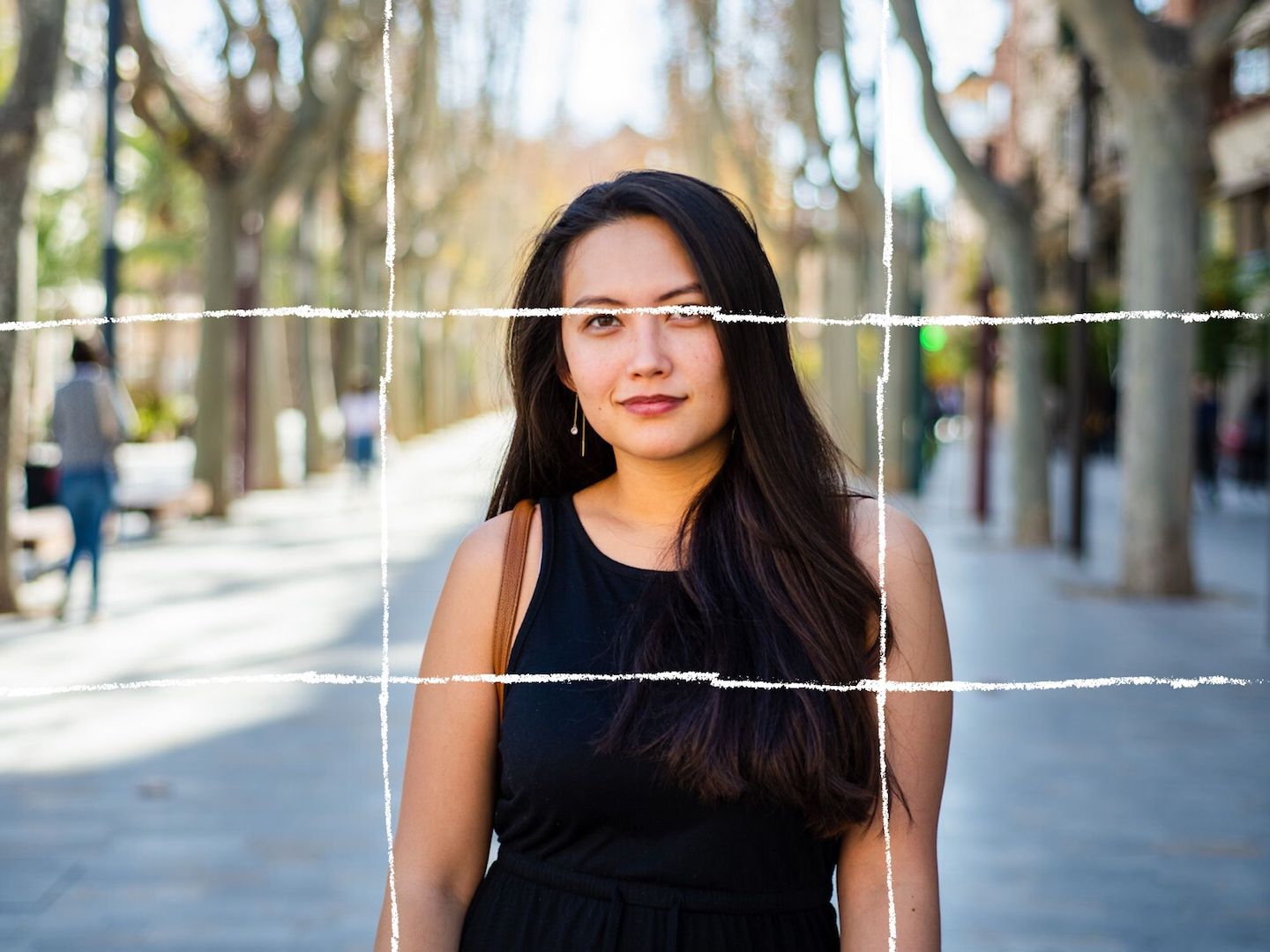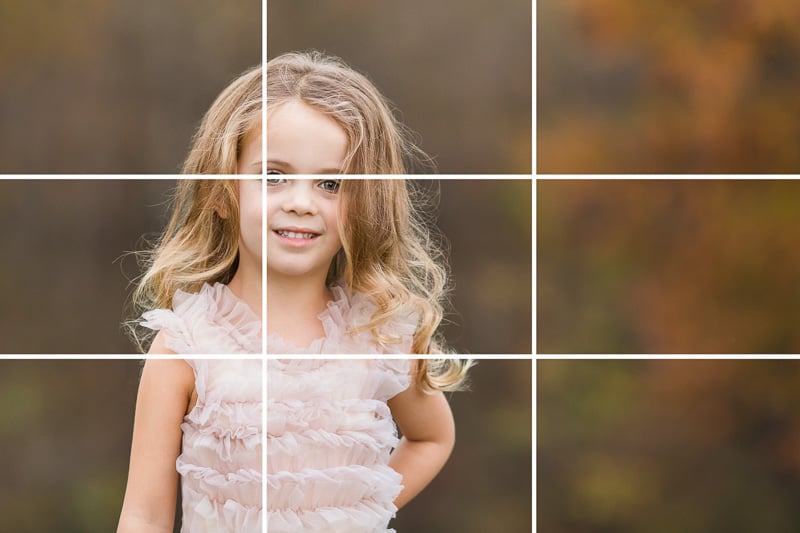About Press Copyright Contact us Creators Advertise Developers Terms Privacy Policy Safety How YouTube works Test new features Press Copyright Contact us Creators. Rule of thirds in Portrait shoots.

Rule Of Thirds Definition Examples Learn Pro Photography
This rule breaks down a photo into a grid with nine equal parts separated by two horizontal and vertical lines.

. I was most intrigued by the reflection of the flag in. Sometimes though many portraits look the same after a while. By doing so you draw your viewers eyes to one of the intersections in the most natural way.
EOS M5 EF-M55-200mm f45-63 IS. The rule of thirds is applied to portrait photography in its position of the eyeline. Whats more the rule is more easily applied today than ever before - most cameras have a rule of thirds grid that can be engaged such that you can quickly and easily compose a better.
EOS M5 EF-M55-200mm f45-63 IS. Now that you know how to follow the rule of thirds its important to understand why it matters and what exactly it can do for your photos. So lets take a look at the Rule of Thirds as it relates to photography.
In portrait photography the rule of thirds is used to achieve perfect composition by aligning people or their faces with the grid lines. Therefore they become boring to look at unless you find a way to make them fun and different than anyone else. Your key elements create visual interest in a.
Ricards has placed the model on the vertical line and the eyes on the upper line. Its used in landscape city and also very common in portrait composition. Professional portrait photographers often position the subjects face within the left or right two-thirds of the viewfinder with the subjects eyes along the top horizontal line.
Painters have been benefiting from this rule since the days when Greek artists discovered it. In general no matter the crop or orientation the eyes are placed on the upper third. Ive highlighted them in red above.
This works for close-ups and wider more environmental portraits. Place your subject to the side of the frame Figure 613it just looks more interesting than plunking them smack dab in the middle. So the face fills the entire frame.
The rule of thirds is a rule in photography that means dividing your photo into three equal lines horizontally and vertically. The idea is to place the most interesting part of your image at or near one of the intersecting lines. Intersections are critical in a photo because it is.
The thirds of an image can be found by dividing an image into nine equal parts with two equally spaced vertical lines and two equally spaced horizontal lines. In portrait photography the main focus is usually on the subjects face. The highly used Rule of Thirds is in fact an extremely simplified version of The Golden Spiral and Ratio.
The rule of thirds the most ubiquitous rule in all of photography. You can also place your subject along the lines as well. In photography the rule of thirds is a composition type in which a photo is divided evenly into thirds horizontally and vertically.
Rule of Thirds. You can place the model in the vertical line. By doing so you draw your viewers eyes to one of the intersections in the most natural way.
This rule recommends dividing the image into thirds and placing your subject into one of those sides instead of in the. Portrait photographers usually position the subjects face to align the top horizontal line with their eyes. The corners of your central square will be the intersections.
Heres a final sample photo of the rule of thirds in a composition. The rule of thirds can be applied to virtually any type of photo from a portrait to a landscape to a street scene. As I mentioned already the Rule Of Thirds can be used not only for a portrait shot but also in landscape photography.
This rule breaks down a photo into a grid with nine equal parts separated by two horizontal and vertical lines. Rule of Thirds. These lines intersect four times and along these points are where your subjects should be placed.
One of the basic rules of composition is the rule of thirds Using this principle you simply imagine two horizontal and two vertical lines dividing your frame equally. By placing the subject where the lines intersect you will achieve a more balanced and. Rule of thirds in portraits.
If you follow the rule your photo will have four intersection points where you can position the subjects face a sunset silhouette or a feature such as the horizon or the sea. In portrait photography the rule of thirds is most often applied to the positioning of the eye line because the eyes are typically the intended focal point of the frame. The basic rule is that the main subjects that catch an eye are on the vertical grid lines or at the intersection points of vertical and horizontal lines.
Really the rule of thirds is about two things. The Rule of Thirds is a design principle where an image is divided into thirds both horizontally and vertically. The rule of thirds is applied by aligning a subject with the guide lines and their intersection points placing the horizon on the top or bottom line or allowing linear features in the image to flow from section to section.
And make the eyes the point of interest putting in on the intersection point. Break the Rule of Thirds. These lines intersect four times and along these points are where your subjects should be placed.
When using the rule of thirds there are four. Here are some tips to shoot that awesome portrait. In close-ups you usually frame the shot fairly central.
This should be called the Rule of Ninths instead of the Rule of Thirds. The Rule of Thirds. In portrait photography the rule of thirds is fairly simple to apply.
The Golden Ratio is used a lot in Portrait Photography but can be applied to Landscape Photography Sports Photography and People Pictures. Its one of the most fundamental rules in any photography composition technique. The image below is a prime example of a precisely used rule of thirds in portrait photography.
The Rule of Thirds actually goes way back. This rule is so extremely essential to creating interesting portraits. Rule of thirds implies putting the subject or point of interest into a specific location in the frame.
The rule of thirds is one of the compositional rulesguidelines that applies to landscape street photography pet photography and portrait photography. Dynamism movement First by positioning key elements at rule of thirds intersections or gridlines your photo becomes more balanced. Rather than having the face in the centre or filling the frame professional portrait photographers normally place the eyeline along the top vertical line in a rule of thirds grid.
At its most basic the rule of thirds states that placing the key elements on the thirds of a picture is more pleasing to the eye than centering the subject or creating symmetry. Then with the imaginary 33 grid of 9 segments formed by two horizontal and vertical lines each the images subject is positioned at the intersection of those dividing lines or along with one of the lines itself.

Rule Of Thirds In Portrait Photography Composition Guide Bidun Art

The Rule Of Thirds A Simple Way To Improve Your Images Digital Photography Review

What Is The Photography Rule Of Thirds

Rule Of Thirds 2022 The Definitive Guide With Examples

Understanding The Rule Of Thirds


0 comments
Post a Comment